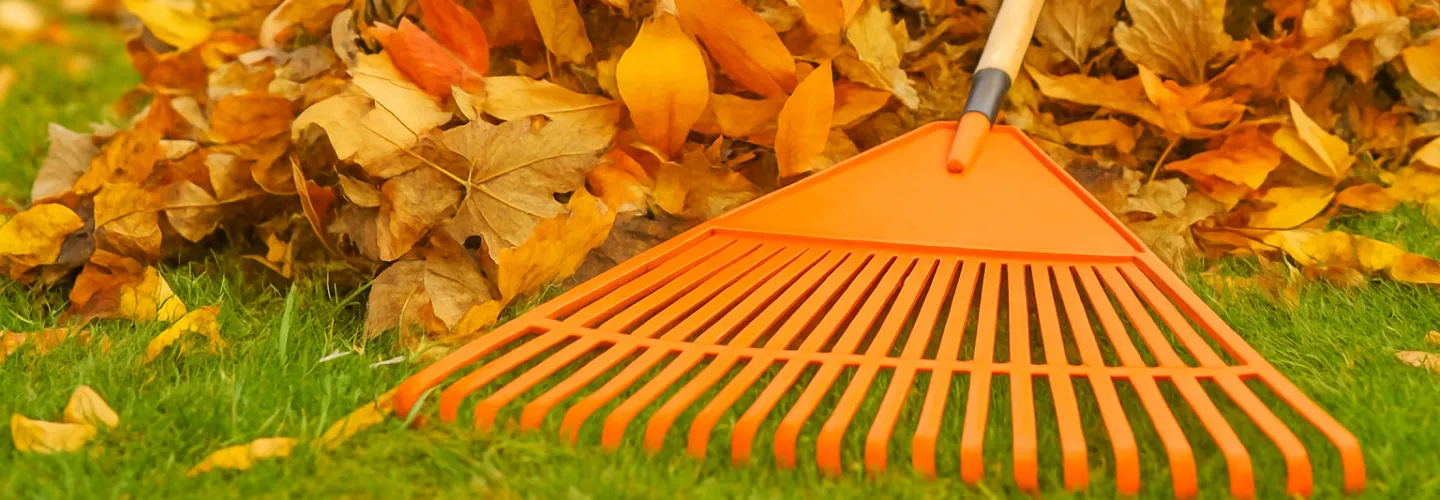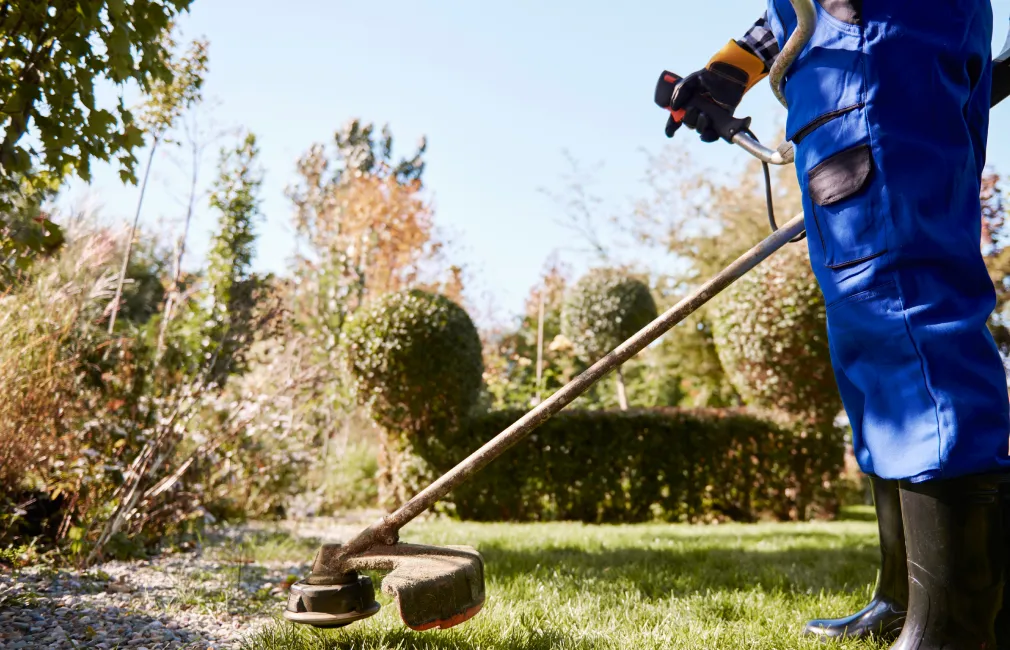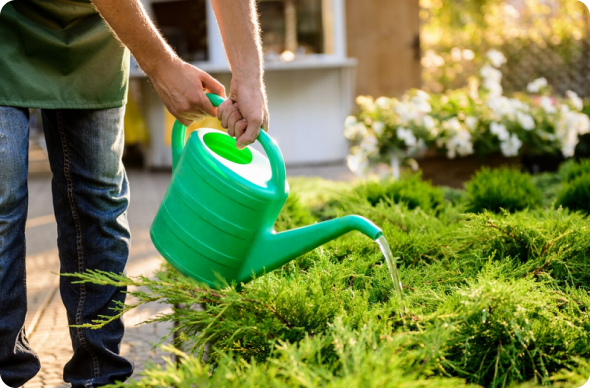
Everett Lawn Mowing Services
Choose our lawn mowing service for reliable, professional care that keeps your yard looking its best all season long—saving you time and ensuring a healthy, beautiful lawn.
Get a Free QuoteWhen to Schedule Lawn Mowing in Everett, MA – Seasonal Guide
In Everett, MA, the timing of your lawn mowing routine is shaped by our unique New England climate and the city’s diverse neighborhoods, from the tree-lined streets near Glendale Park to the shaded yards around Ferry Street. The optimal mowing season typically begins in late April, after the last frost, and extends through October, when cooler temperatures slow grass growth. Early spring brings rapid growth due to increased rainfall and warming soil, while summer months may require adjustments for periods of drought or high humidity, especially in areas with dense shade or clay-heavy soils.
Local environmental factors play a significant role in determining the best mowing schedule. For example, lawns in the Village or near the Malden River may experience more moisture and require more frequent mowing, while properties closer to Broadway with less tree cover might dry out faster and need less frequent attention. Always consider Everett’s municipal guidelines and stay informed about seasonal updates from the City of Everett to ensure your lawn care practices are both effective and compliant.
Local Factors to Consider for Lawn Mowing in Everett
- Tree density and shade coverage (affects grass growth rate and moisture retention)
- Soil type (clay, loam, or sandy soils influence mowing frequency)
- Proximity to water sources like the Malden River (increases humidity and growth)
- Terrain and slope (impacts mowing safety and equipment choice)
- Precipitation patterns and drought risk (adjust mowing during dry spells)
- Municipal restrictions or seasonal advisories (check for local guidelines)
- Neighborhood-specific microclimates (e.g., cooler areas near parks or warmer, open lots)
Benefits of Lawn Mowing in Everett

Professional Lawn Care Expertise
Consistent and Reliable Scheduling
Enhanced Curb Appeal
Time and Effort Savings
Healthier, Greener Lawns
Eco-Friendly Landscaping Practices

Everett Lawn Mowing Types
Standard Lawn Mowing
Mulching Mower Service
Bagging Mower Service
Striping Lawn Mowing
Push Mower Service
Riding Mower Service
Commercial Lawn Mowing
Our Lawn Mowing Process
Site Evaluation
Lawn Preparation
Mowing Execution
Edging and Trimming
Cleanup
Why Choose Everett Landscape Services

Everett Homeowners Trust Us
Comprehensive Lawn Maintenance
Competitive Pricing
Professional Team
Satisfaction Guarantee
Personalized Service
Reliable Scheduling
Understanding Everett’s Lawn Care Regulations, Seasonal Rules, and Neighborhood Factors
Everett, Massachusetts, features neighborhoods like Glendale, Woodlawn, and the Village, each with unique lawn care requirements shaped by Everett’s urban environment and local traditions. To maintain a vibrant lawn in Everett, residents and contractors must follow city regulations for mowing, yard waste, and environmental protection. The Everett Department of Public Works (DPW) oversees trash, recycling, and yard waste services, with schedules and collection details on the Recycling Services page and the Yard Waste Schedule (PDF).
Everett Department of Public Works
19 Norman Street, Everett, MA 02149
(617) 394-2360
Permits, Fines, and Noise Rules for Lawn Mowing in Everett
Properties in Everett that border city parks, streams, or conservation land may face additional landscaping and permit requirements. Large projects, tree removal, or grading often require review by the Everett Engineering Department. Permits, regulations, and buffer requirements are managed here. Unpermitted activity may result in fines or remediation.
Noise from powered lawn equipment is governed by city code, generally allowing operation from 7:00 am–7:00 pm on weekdays and 8:00 am–5:00 pm on weekends.
Environmentally Friendly Lawn Care: Water Use, Fertilizer, and Stormwater Laws
Everett’s Public Works Engineering Division and Massachusetts Department of Environmental Protection work together to protect waterways like the Mystic and Malden Rivers. Residents must not dump yard waste, grass clippings, or chemicals into storm drains, streets, or wetlands. Composting is encouraged, and fertilizer use should be minimized near water resources.
Clipping Disposal, Composting, and Yard Waste Rules
Yard waste—including grass clippings, leaves, and branches—is collected curbside on scheduled days. The schedule and accepted materials are posted in the Yard Waste Schedule (PDF). Only paper bags or open barrels are accepted; plastic bags are not allowed. Additional details can be found on the Recycling Services page. Dumping debris in public areas or storm drains can result in fines.
Green Building, Zoning, and Preparing Lawns for Everett’s Climate
Major landscaping projects or new lawns must comply with Everett’s local zoning codes and green building standards. For information about permits and guidelines, visit the Online Permitting Portal. Everett’s urban soils benefit from organic matter and regular aeration, and drought-tolerant grasses are recommended for best results.
Parks, Recreation, and Community Lawn Expertise
The Everett Parks & Facilities division manages parks, fields, and public greenspaces. Contractors and volunteers working on public lands must follow city standards for mowing, fertilization, and waste management. Schedules, events, and permit info are available on their site.
Everett Parks & Facilities
121 Elm Street, Everett, MA 02149
(617) 394-2412
Navigating Code Enforcement, Buffer Zones, and Violations
Everett’s code enforcement is managed by several city departments, including Planning & Development, and Public Works. Residents can use these sites to find information on buffer zones, code violations, and compliance. For up-to-date property data and mapping, visit the Everett GIS Map Portal.
Choosing the Right Mowing Height for Everett Lawns
Everett lawn care professionals recommend mowing at 3–3.5 inches for the best results. This height promotes strong roots, better drought resistance, and a healthier appearance during the growing season.